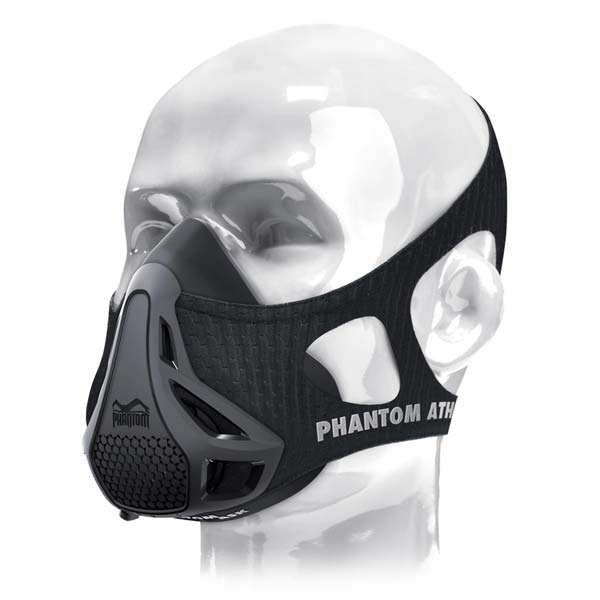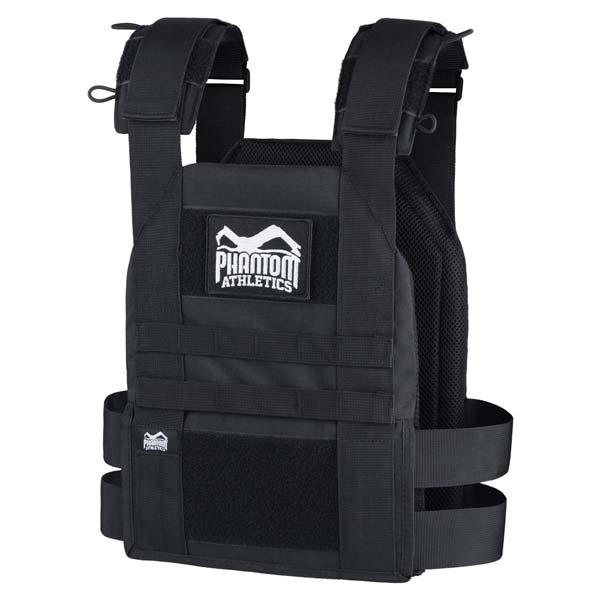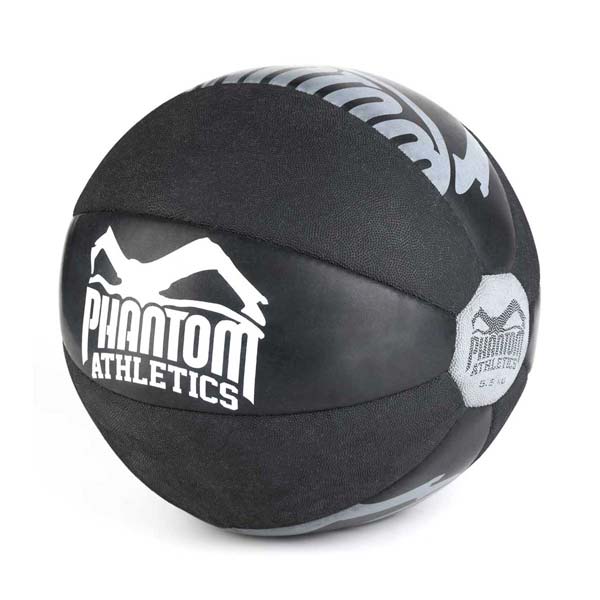An absolute key exercise with the barbell is the squat. The principle of the squat seems simple at first glance, but it is actually a very complex movement that requires a high level of coordination and body sensitivity. Furthermore, it not only offers optimal training for the leg muscles. The core and back are also effectively innervated.
There are also numerous myths surrounding the squat: you should never bend over 90 degrees, you have to go “ass to grass”, squatting without a belt leads to herniated discs, etc.
It's understandable that this thicket of rumors is confusing and intimidating, so that some people would rather just leave it alone than potentially do something wrong.
However, anyone who does this is missing out on the long list of benefits that the squat offers. So that you know how to perform this royal exercise correctly and sustainably, as well as tricks to make your squat even stronger, you can find out here.
STRESSED MUSCLES
First of all, the squat is obviously a workout for the leg muscles. The quadriceps femoris, biceps femoris and gluteus maximus are particularly stressed here. But did you also know that it also demands a lot of core and back muscles - especially the erector spinae? If you squat properly and enough, you save yourself the crunches, leg lifts and other abdominal muscle exercises. If you have been neglecting the bend, this may be a reason that motivates you to change your mind. The stability of your back muscles and, as a result, your posture is also improved. You benefit from this not only with the deadlift.
At the same time, you will become more flexible with the exercise that the squat offers you. The range of motion of the hip, hamstring and ankle joints increases, which is sometimes an important prophylaxis against herniated discs. The stress also causes cartilage, ligaments and tendons to thicken and you become more resistant to injuries.
VARIATIONS
Squat is squat do you think? That's not entirely correct. A squat can be performed in different ways, each with its own individual benefits.
High bar squat
This represents the “classic squat” as you probably know it. The bar rests on the trapezius in the back of the neck; you hold it with your hands on the right and left of the shoulders and stabilize it.
This results in greater strain on the leg muscles, but especially on the glute muscles. The back primarily has auxiliary functions and prevents tipping forward. Your abdominal muscles further support the overall stability of the exercise. They are particularly important for maintaining intra-abdominal pressure when using the Valsalva maneuver.
Low bar squat
The low bar squat differs from the high bar in the position of the bar. This is about 5-10cm below the trapezius on the back, the upper body is slightly slanted forward. The hands support most of the bar. The advantage is that the changed center of gravity means that the back muscles play a key role in developing strength, especially in the accelerating section of the movement. This allows higher loads to be moved.
Front squat
As the name suggests, in this variation the bar rests close to the collarbone rather than behind the body. It is stabilized by the arms, which hold the barbell fixed against the body, depending on the type of grip. To perform this exercise with heavier weight, it is absolutely essential to keep your upper body almost vertical to the floor and minimize any horizontal movement of the bar. Due to the completely different focus, the front squat primarily uses the gluteus, hamstrings and abdominal muscles.

EXECUTION
Begin the exercise standing slightly shoulder width apart. Try to avoid a hollow back at this point by actively tensing your torso and pushing your hips forward.
Initiate the movement by bending your knees in a controlled manner. The upper body should remain as upright as possible and the bar should be lowered vertically without moving back or forth horizontally. Continue the movement to at least a knee bend angle of less than 90 degrees. In this way you avoid the creation of high shear forces, which can damage the joint. With the exception of the front squat, you should always make sure that your wrists and forearms form a line.
Mistakes to avoid
Impurities often creep in during the movement process. Try to recognize the following when these occur to you so that you can avoid them later.
- 90 degree knee angle in the final position
- insufficient core tension
- “Dropping” in the decelerating movement
- after the knees fall inward
- forearms pointing strongly backwards and upwards
- Forearms and elbows not in line
- Hollow back before the start of the lowering movement
- no extension of the knees in the upper position
- During high bar and front squats, your upper body falls forward sharply
- after inward bending of the ankles
Tips to improve your technique
Even though squats are a constant learning process, you can improve your technique and therefore strength a lot if you pay attention to these points:
- Consciously tense your glute and thigh muscles before each lowering movement
- Forearms point to the floor like a plumb line during high bar squats
- When doing front squats, your upper arms should be as horizontal as possible to the floor
- Either wear lifting shoes/chucks or squat barefoot
- be aware of each bend as an individual movement, take short breaks in the upper position of approx. 1 second.
- Vary the stance width from time to time to find out which one suits you best
Take home message
Squats are an ingenious exercise that trains far more muscles than just the legs. That's why they shouldn't be missing from any training plan if possible. Even if the process of learning to move is initially very demanding, it is definitely worth it.
PHANTOM ATHLETICS
Our community is our everything. We look forward to your feedback on our Phantom BLOG! 🙌🏻
► Here you can find all of our athletes' outfits -->
► Find out everything you want to know about our top product, the Phantom training mask -->
► Get your Phantom training mask here -->
► Use our customizer here to put together your unique Phantom training mask -->
► Get your Phantom training vest -->
► Follow us on Facebook for all news: FACEBOOK
► Follow us on Instagram: https://goo.gl/5gM54g
For more exciting blog articles, free workouts and more check out our blog here -->
You can easily use our free, multi-week PDF training plans download here -->









